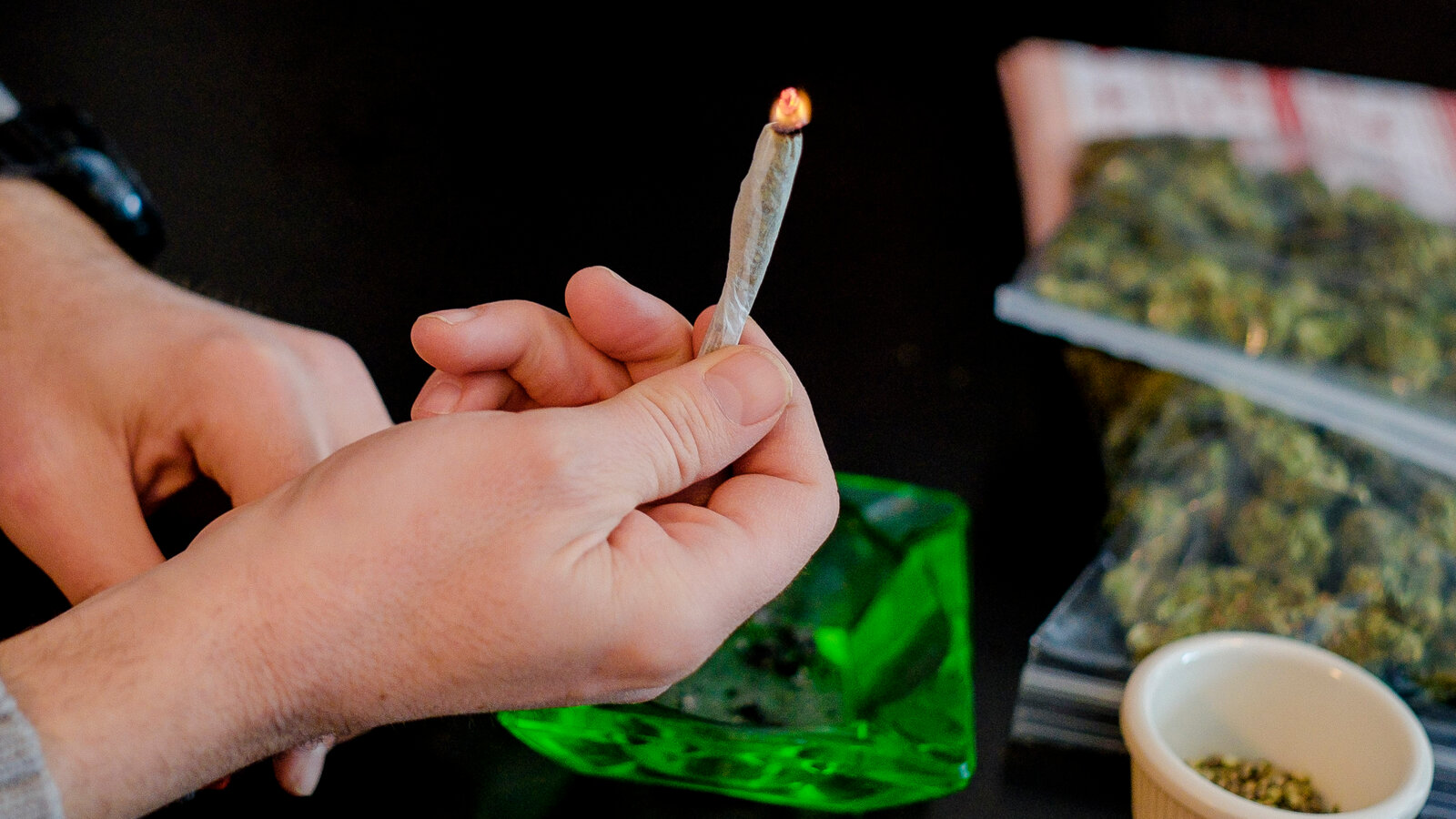Cannabis use disorder is becoming more common as marijuana becomes legal in many countries and states. Although some people use cannabis for medical or recreational reasons, regular and heavy use can lead to addiction. In this article, we will explore what cannabis use disorder is, its symptoms, causes, and how to treat it.
What Is Cannabis Use Disorder?
Cannabis use disorder (CUD) is a condition where a person continues to use cannabis even when it causes problems in their life. These problems can affect work, school, relationships, and mental health. The disorder ranges from mild to severe, depending on how many symptoms a person has.
Doctors diagnose CUD using the criteria in the Diagnostic and Statistical Manual of Mental Disorders (DSM-5). To meet the diagnosis, a person must show at least two signs of problem use within 12 months.
Key Symptoms of Cannabis Use Disorder
Many people use marijuana and do not develop an addiction. But when use becomes frequent and out of control, symptoms may appear. Look out for these signs:
- Using cannabis in larger amounts or for longer than planned
- Wanting to cut down or stop using, but not being able to
- Spending a lot of time getting, using, or recovering from cannabis
- Craving cannabis
- Failing to meet responsibilities at work, school, or home
- Continuing to use despite social or relationship problems
- Giving up important activities because of cannabis use
- Using cannabis in risky situations (e.g., while driving)
- Building up a tolerance (needing more to get high)
- Experiencing withdrawal symptoms when not using
If someone experiences two or more of these, they may have cannabis use disorder.
What Causes Cannabis Use Disorder?
Many factors can lead to cannabis use disorder. These include:
1. Genetics
Some people may have a family history of addiction. Genes can play a role in how the brain responds to cannabis.
2. Mental Health Issues
People with anxiety, depression, or PTSD may turn to cannabis for relief. Over time, this use can become a habit that’s hard to break.
3. Environment
Peers, stress, and early exposure to drugs can influence a person’s drug use. Easy access to cannabis may also raise the risk.
4. Age of First Use
Teens and young adults are more likely to develop cannabis use disorder, especially if they start using early.
Why Cannabis Use Disorder Is a Concern
Some think cannabis is safe because it’s natural or legal. But regular, heavy use can lead to serious health problems. Risks include:
- Memory loss and poor learning
- Anxiety and panic attacks
- Trouble sleeping
- Poor performance at school or work
- Risk of other drug use
- Impaired judgment and coordination
In some cases, CUD can also worsen mental health conditions or lead to psychosis.
Cannabis Withdrawal: What to Expect
When someone with cannabis use disorder tries to quit, they may experience withdrawal symptoms. These are physical and emotional reactions that occur after stopping use.
Common Withdrawal Symptoms:
- Irritability
- Trouble sleeping
- Loss of appetite
- Restlessness
- Mood swings
- Cravings for cannabis
These symptoms usually start within a week of stopping and may last up to two weeks. Though not life-threatening, they can make quitting difficult.
How to Treat Cannabis Use Disorder
There are several treatment options available. The right one depends on the person’s needs and the severity of the disorder.
1. Behavioral Therapy
Cognitive-behavioral therapy (CBT) is one of the most effective treatments. It helps people change their thoughts and behaviors related to cannabis use.
2. Motivational Enhancement Therapy (MET)
This therapy helps people find internal motivation to quit. It’s often used in the early stages of treatment.
3. Contingency Management
This approach uses rewards to encourage people to stop using cannabis. For example, a person may get a reward if they test negative for THC.
4. Support Groups
Talking with others going through the same thing can help. Groups like Marijuana Anonymous offer peer support and accountability.
5. Family Therapy
For teens and young adults, involving the family can lead to better results. Family support can make a big difference.
Self-Help Tips to Quit Cannabis
Not everyone needs formal treatment. Some people can quit or cut back on their own. These tips may help:
- Set a quit date and stick to it
- Tell friends and family for support
- Avoid people and places where you usually use cannabis
- Stay busy with hobbies or exercise
- Use a journal to track cravings and triggers
- Celebrate milestones
Quitting is not easy, but it is possible with the right steps and support.
Prevention and Awareness
Educating people about the risks of heavy cannabis use can prevent cannabis use disorder. Schools, communities, and parents can all play a role.
Ways to Prevent CUD:
- Talk to teens early about drug use
- Monitor media messages about marijuana
- Offer healthy ways to manage stress
- Support policies that limit underage access
- Promote open communication at home
Awareness is key. The more people know, the better they can make informed choices.
Final Thoughts
Cannabis use disorder is real and can affect anyone. As cannabis becomes more accessible, the number of people dealing with CUD may rise. Understanding the signs, causes, and treatment options can help individuals and families take action early.
If you or someone you know is struggling with cannabis use, help is available. With the right support, recovery is possible.

Leave a Reply